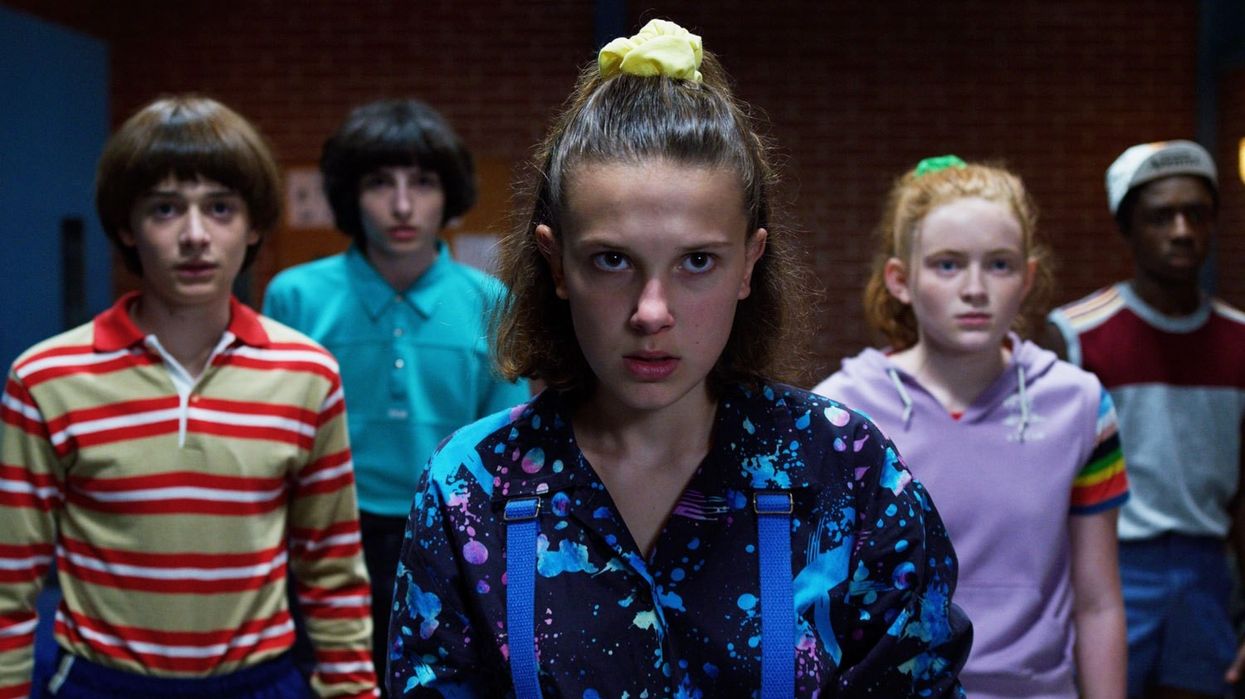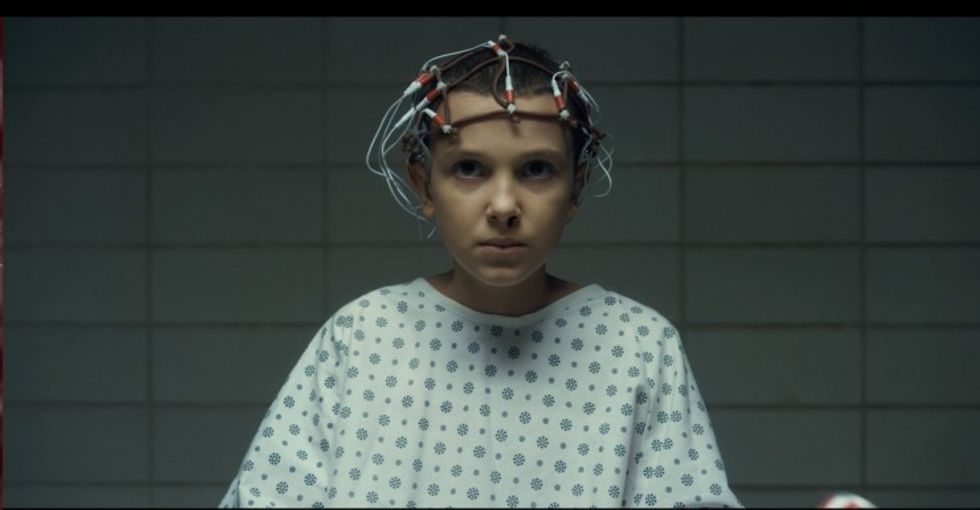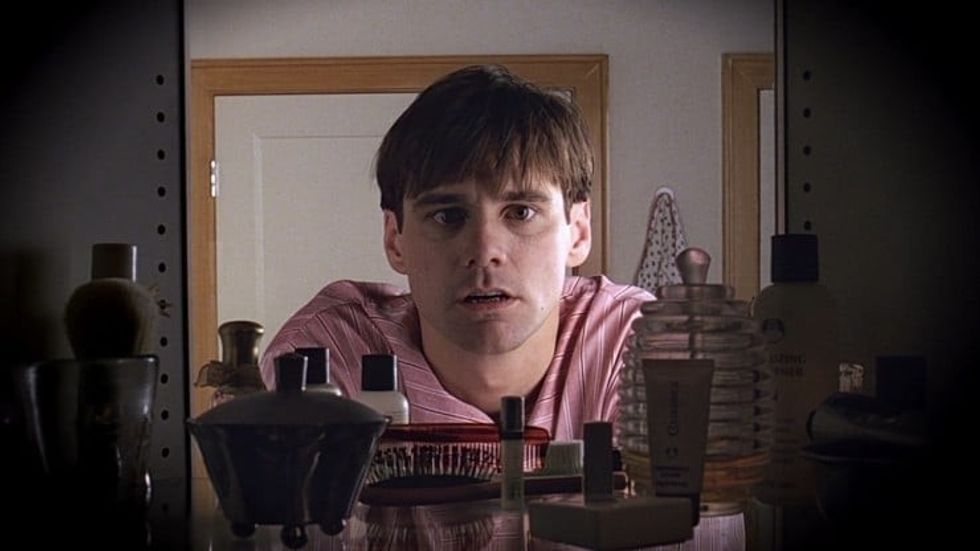How to Use the Beautifully Neutral Eye Level Shot
The eye level shot can be used in many different ways within film and television. Let's go over some examples together so you can add this camera angle to your shot lists!

One of the most import things to keep in mind when making a film or television is the point of view of the audience. Since your goal is to connect with people, you have to find new and unique ways to get the audience's attention. One of those ways is inserting an eye-level shot.
Today we're going to go over that camera angle, look at some examples, and beef up our point of view, medium shots, and other angles by adding them at eye-level.
Let's start by asking a question...
What is an eye-level shot?
Eye-level shot definition
An eye-level shot is a camera angle where the point of view is set at the eye-level of the subject you are capturing. It should feel like we are actually within the scene, observing the actor's face as if it were close to our own. The head of the subject or the object in focus should be level with the camera.

What's the difference between eye-level shots and shoulder level shots?
The difference between an eye level and shoulder level shot is determined by the middle portion of the frame because the position of the lens iris determines the level of your shot more accurately than the base of your camera body. You may have the base of your camera in line with an actor’s shoulder, but the iris of your camera will be level with the eyes of the actor.
Why use an eye-level shot?
As a director or DP, you may want to use an eye-level shot to bring the audience into the story. You can do this by creating an eye-level POV shot, or an eye-level close-up. This can help humanize the character at the center of the story or be used as a reveal for an object within the frame.
Eye-level shots are also considered "neutral", in that they don't designate the status (or lack thereof) of a character. Compare that to low-angle shots that give power to characters or high-angle shots that take that power away.
Since cinema is an empathy machine, eye-level shots bring a familiar composition to what we see on screen versus what we see in day to day life. That bridges the gap and holds us close. You can use this strategy to make us feel safe, scared, or even amazement and wonder.

Eye-level shot examples in film and TV
Now that you understand the definition, let's look at a few examples to help you add this shot to your repertoire.
First up, how about getting eye-level with someone up to no good? Hitchcock uses eye-level in Psycho to get into Marion Crane's mind when she disappears with the money. Here we're allowed in on the personal moment of a character. It's not used for empathy but to get us rooting for her. She's outsmarted everyone and is on the run. It's an eye-level adrenaline rush.
In the Hunger Games: Mockingjay eye-level shots are used to get us into the mix with Katniss. She's a rebel leader and by hitting this camera angle in a medium shot we get to become part of her army. We wait to see how she releases her arrow, ready to back her up on the front lines.
Instead of making her larger than life, this humanizes her for the audience and keeps us vested in her struggle.
Lastly, a play on the eye-level shot.
The Truman Show is a movie about people watching the everyday life of a man. Here, the audience actually gets a meta-view of the character. We're put in the fictitious audience's point of view. The shot is used many times over the course of the film to continually make us feel uncomfortable as voyeurs. We routinely root for Truman to break out of eye-level and out of this world.
This creative use of the camera angle keeps us guessing and subverts the expectations of the seasoned viewer.
What's next? Learn 50+ Camera Shots and Angles!
Have you ever been overwhelmed at the possibility of every camera angle, framing, and shot type available as a filmmaker? Us too. So we provided a cheat sheet with definitions for you!
Click the link to read more!



















